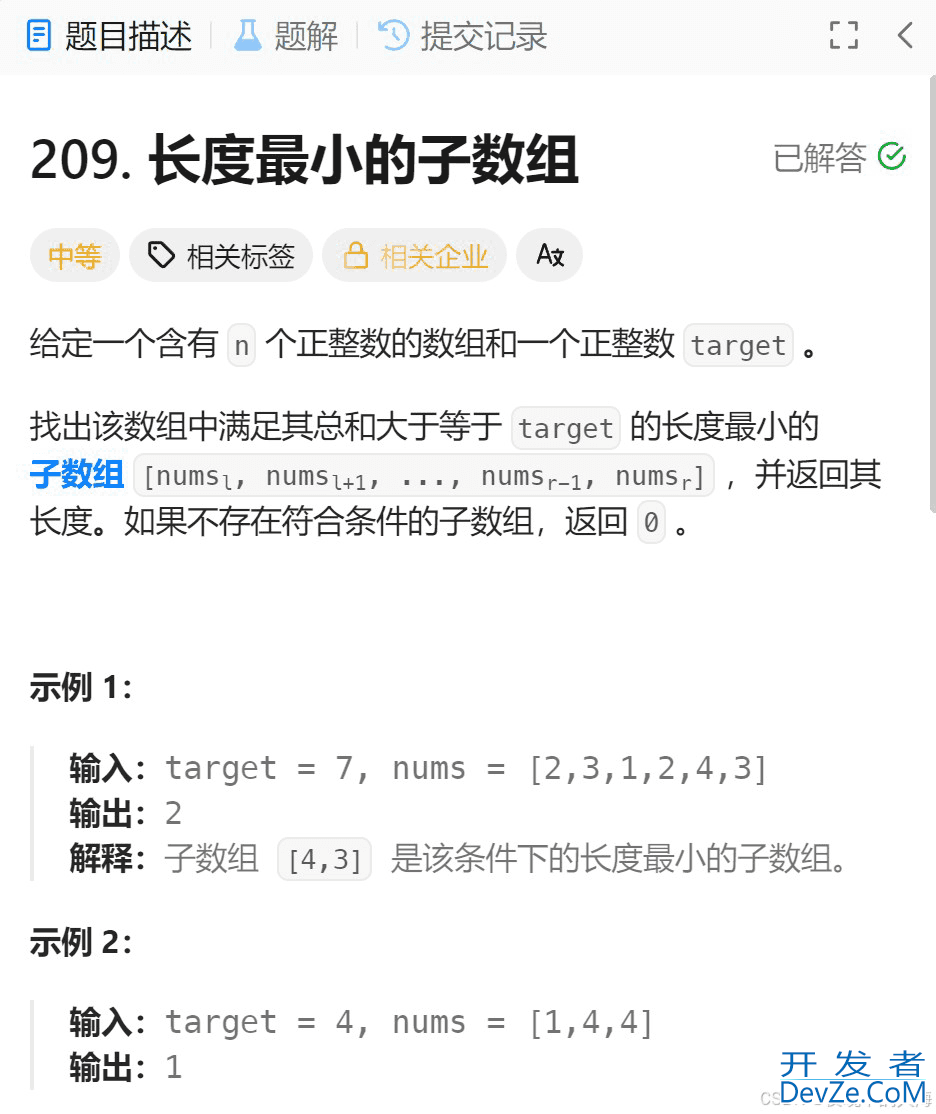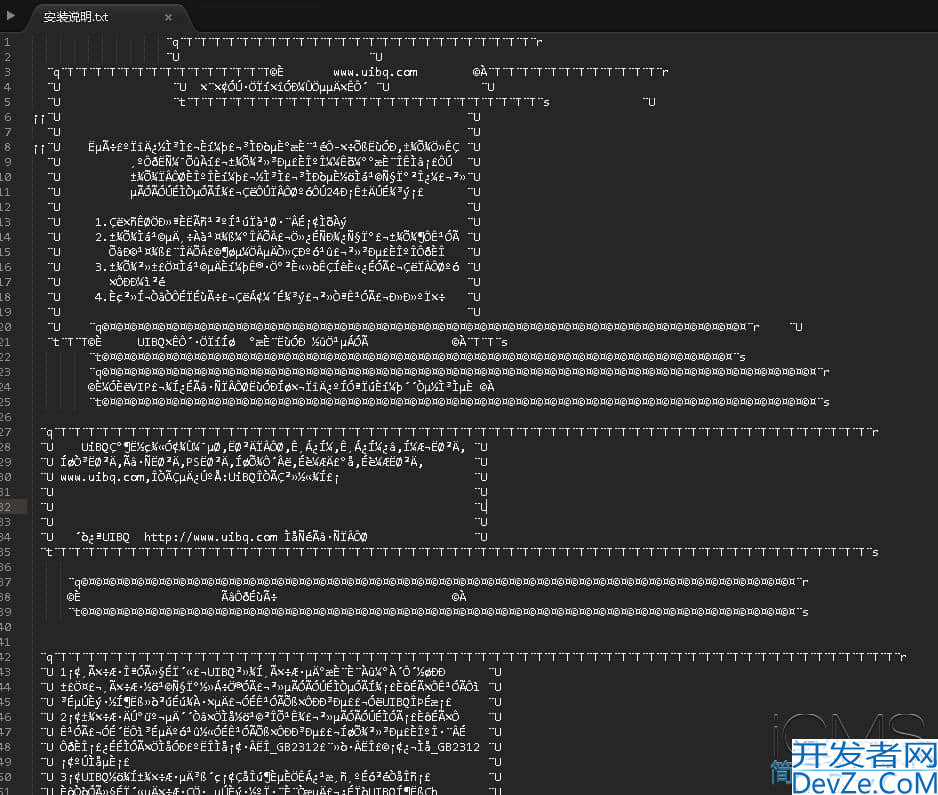Mybatis SQL数量限制插件的实现
目录
- 插件背景
- 插件功能
- 支持灵活配置插件
- 支持个别特殊方法插件效果不生效
- 插件代码
- 总结
插件背景
起因是一次线上事故,现有项目对数据库的操作依赖编码者自己的行为规范,有可能出现考虑不当对全表进行查询,数据量极大的情况会引发频繁GC带来一系列的问题
为了避免该问题,基于myBATis开发一个插件,默认限制查询的条数,默认开启该功能,默认1000条。插件功能
支持灵活配置插件
可以通过配置application.properties文件中的配置,灵活控制插件,如果有接入动态配置中心,同样可以把一下配置添加进去,这样可以达到运行时灵活控制插件的效果,参数详情见上文:
mybatis.limit.size.enable:是否开启插件功能。
mybatis.limit.size:插件限制查询数量,如果不配置使用默认:1000条。
支持个别特殊方法插件效果不生效
该插件加载之后,默认会拦截所有查询语句,同时会过滤掉已经存在limit或者如count等统计类的sql,但是仍然有极个别业务场景需要绕开此拦截,因此提供了注解,支持在全局开启limit插件的情况下,特殊接口不走拦截。
@NotSupportDefaultLimit -> 该注解在插件开启的情况下,可以针对某个不需要查询限制的接口单独设置屏蔽此功能
注意
现有已知的不兼容的场景:代码中使用RowBounds进行逻辑分页,接口会报错,因为mybatis的RowBounds是一次性将数据查出来,在内存中进行分页的,而mybatis插件是无法区分该种形式,也就无法兼容。插件代码
1、添加一个配置类
@Configuration
@PropertySource(value = {"classpath:application.properties"},encoding = "utf-8")
public class LimitProperties {
/**
* 默认限制数量
*/
private final static int defaultLimitSize = 1000;
/**
* 插件的开关
*/
@Value("${mybatis.limit.size.enable}")
private Boolean enable;
/**
* 配置限制数量
*/
@Value("${mybatis.limit.size}")
private Integer size;
public LimitProperties() {
}
public boolean isOffline() {
return this.enable != null && !this.enable;
}
public int limit() {
return this.size != null && this.size > 0 ? this.size : defaultLimitSize;
}
public void setSize(Integer size) {
this.size = size;
}
}
2、定义SQL处理器,用来修改SQL
public class SqlHandler {
private static final String LIMIT_SQL_TEMPLATE = "%s limit %s;";
private static final List<String> KEY_WORD = Arrays.asList("count", "limit", "sum", "avg", "min", "max");
private BoundSql boundSql;
private String originSql;
private Boolean needOverride;
private String newSql;
public static SqlHandler build(BoundSql boundSql, int size) {
String originSql = boundSql.getSql().toLowerCase();
SqlHandler handler = new SqlHandler(boundSql, originSql);
if (!containsKeyWord(handler.getOriginSql())) {
handler.setNeedOverride(Boolean.TRUE);
String newSql = String.format(LIMIT_SQL_TEMPLATE, originSql.replace(";", ""), size);
handler.setNewSql(newSql);
}
return handler;
}
private SqlHandler(BoundSql boundSql, String originSql) {
this.needOverride = Boolean.FALSE;
this.boundSql = boundSql;
this.originSql = originSql;
}
public boolean needOverride() {
return this.needOverri编程客栈de;
}
public static boolean containsKeyWord(String sql) {
Iterator var1 = KEY_WORD.iterator();
String keyWord;
do {
if (!var1.hasNext()) {
return Boolean.FALSE;
}
keyWord = (String)var1.next();
} while(!sql.contains(keyWord));
return Boolean.TRUE;
}
public BoundSql getBoundSql() {
return this.boundSql;
}
public void setBo编程客栈undSql(BoundSql boundSql) {
this.boundSql = boundSql;
}
public String getOriginSql() {
return this.originSql;
}
public void setOriginSql(String originSql) {
th编程客栈is.originSql = originSql;
}
public Boolean getNeedOverride() {
return this.neepythondOverride;
}
public void setNeedOverride(Boolean needOverride) {
this.needOverride = needOverride;
}
public String getNewSql() {
return this.newSql;
}
public void setNewSql(String newSql) {
this.newSql = newSql;
}
}
3、第一步定义一个插件
/**
* mybatis插件:查询数量限制
* 使用方法详见:
* 拦截mybatis的:Executor.query()
* @see Executor#query(org.apache.ibatis.mapping.MappedStatement, Java.lang.Object, org.apache.ibatis.session.RowBounds, org.apache.ibatis.session.ResultHandler)
* @see Executor#query(org.apache.ibatis.mapping.MappedStatement, java.lang.Object, org.apache.ibatis.session.RowBounds, org.apache.ibatis.session.ResultHandler, org.apache.ibatis.cache.CacheKey, org.apache.ibatis.mapping.BoundSql)
*/
@Component
@Intercepts({@Signature(
type = Executor.class,
method = "query",
args = {MappedStatement.class, Object.class, RowBounds.class, ResultHandler.class}
), @Signature(
type = Executor.class,
method = "query",
args = {MappedStatement.class, Object.class, RowBounds.class, ResultHandler.class, CacheKey.class, BoundSql.class}
)})
public class LimitInterceptor implements Interceptor {
@Autowired
LimitProperties limitProperties;
public LimitInterceptor() {
}
public Object intercept(Invocation invocation) throws Throwable {
if (!this.limitProperties.isOffline() && !LimitThreadLocal.isNotSupport()) {
Object[] args = invocation.getArgs();
MappedStatement ms = (MappedStatement) args[0];
Object parameter = args[1];
BoundSql boundSql = args.length == 4 ? ms.getBoundSql(parameter) : (BoundSql) args[5];
SqlHandler sqlHandler = SqlHandler.build(boundSql, this.limitProperties.limit());
if (!sqlHandler.needOverride()) {
return invocation.proceed();
} else {
// 需要覆盖
Executor executor = (Executor) invocation.getTarget();
RowBounds rowBounds = (RowBounds) args[2];
ResultHandler resultHandler = (ResultHandler) args[3];
CacheKey cacheKey = args.length == 4 ? executor.createCacheKey(ms, parameter,www.devze.com rowBounds, boundSql) : (CacheKey) args[4];
MetaObject metaObject = SystemMetaObject.forObject(boundSql);
metaObject.setValue("sql", sqlHandler.getNewSql());
return executor.query(ms, parameter, rowBounds, resultHandler, cacheKey, boundSql);
}
} else {
return invocation.proceed();
}
}
public Object plugin(Object o) {
return Plugin.wrap(o, this);
}
public void setProperties(Properties properties) {
}
}
4、下面定义一个注解,用来设置哪些接口不需要数量限制
@Retention(RetentionPolicy.RUNTIME)
@Target({ElementType.METHOD})
@Documented
public @interface NotSupportDefaultLimit {
}
5、使用AOP去拦截不需要数量控制限制的接口
/**
* AOP:对@NotSupportDefaultLimit进行环绕通知
* 主要作用:为当前线程set一个标志,标记当前线程不需要数量限制
*/
@ASPect
@Component
public class LimitSupportAop {
@Autowired
LimitProperties limitProperties;
public LimitSupportAop() {
}
@Around("@annotation(com.jkys.vitamin.rpc.mybatis.NotSupportDefaultLimit)")
public Object around(ProceedingJoinPoint proceedingJoinPoint) throws Throwable {
if (this.limitProperties.isOffline()) {
return proceedingJoinPoint.proceed();
} else {
Object var2;
try {
LimitThreadLocal.tryAcquire();
var2 = proceedingJoinPoint.proceed();
} finally {
LimitThreadLocal.tryRelease();
}
return var2;
}
}
}
/**
* 记录当前线程执行SQL,是否 不需要数量限制
*/
public class LimitThreadLocal {
private static final ThreadLocal<Integer> times = new ThreadLocal();
public LimitThreadLocal() {
}
public static void tryAcquire() {
Integer time = (Integer)times.get();
if (time == null || time < 0) {
time = 0;
}
times.set(time + 1);
}
public static void tryRelease() {
Integer time = (Integer)times.get();
if (time != null && time > 0) {
times.set(time - 1);
}
if ((Integer)times.get() <= 0) {
times.remove();
}
}
public static boolean isSupport() {
return times.get() == null || (Integer)times.get() <= 0;
}
public static boolean isNotSupport() {
return times.get() != null && (Integer)times.get() > 0;
}
}
总结
到此这篇关于Mybatis SQL数量限制插件的文章就介绍到这了,更多相关Mybatis SQL数量限制 内容请搜索编程客栈(www.devze.com)以前的文章或继续浏览下面的相关文章希望大家以后多多支持编程客栈(www.devze.com)!






 加载中,请稍侯......
加载中,请稍侯......
精彩评论